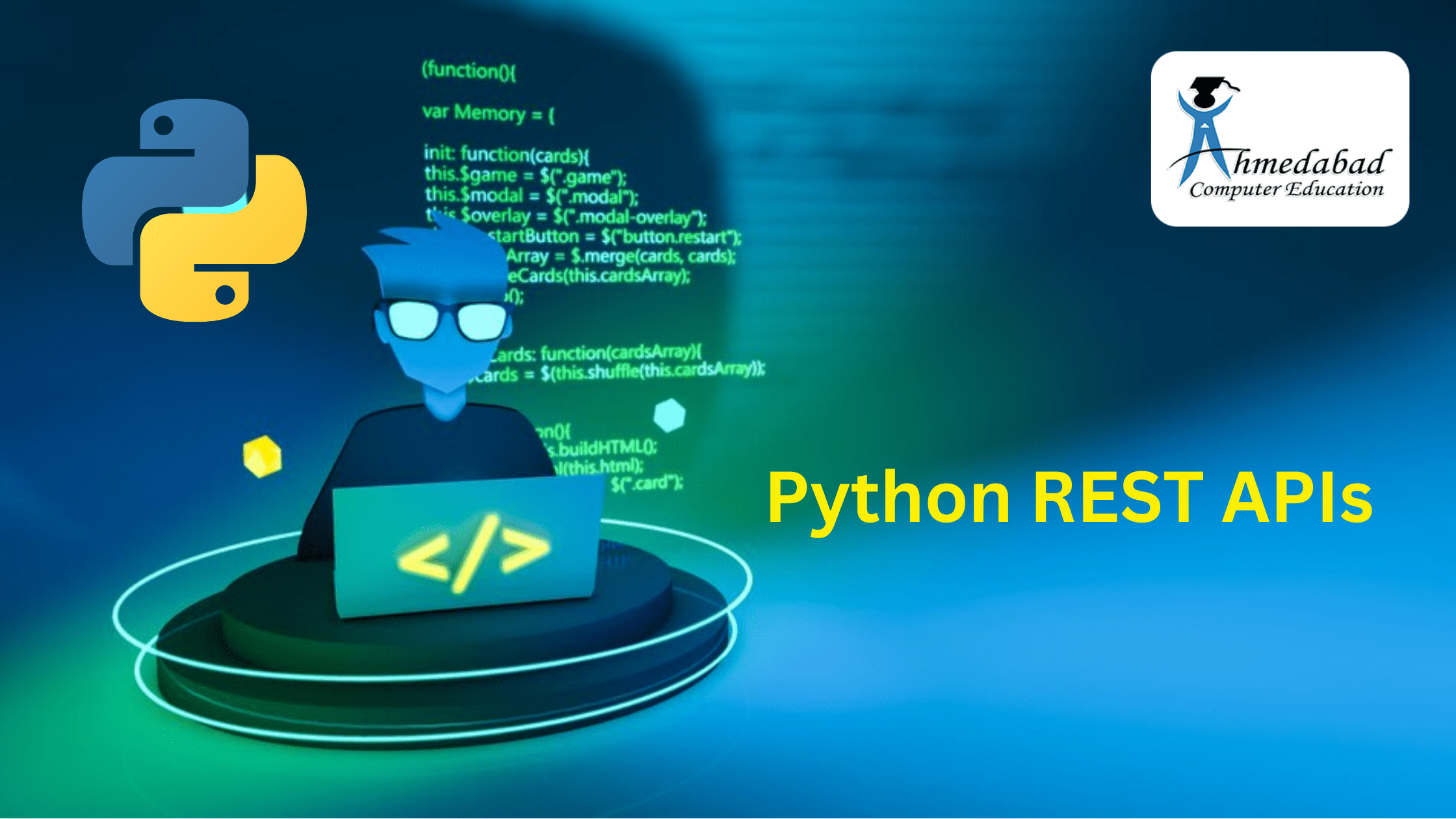Learn How to Build and Consume REST APIs with Python
A REST API is a type of API that uses the Representational State Transfer (REST) architectural style. REST APIs are commonly used to expose data and functionality to other applications. Python is a popular programming language for building REST APIs, as it is easy to learn and use, and it has a large number of libraries and frameworks that can be used to simplify the development process.
In this blog post, we will provide a comprehensive guide to Python REST APIs. We will start by covering the basics of REST APIs, and then we will discuss how to build and consume REST APIs with Python. We will also provide recommendations for the best Python REST API certifications.
What is a REST API?
A REST API is a way for two applications to communicate with each other. It does this by using HTTP requests and responses. The client application makes an HTTP request to the server application, and the server application returns an HTTP response. The HTTP request and response are formatted in JSON or XML.
The following are some of the benefits of using REST APIs:
- They are easy to understand and use.
- They are scalable.
- They are interoperable.
- They are lightweight.
How to Build a Python REST API
There are a number of ways to build a Python REST API. One popular way is to use the Flask framework. Flask is a lightweight micro-framework that is easy to learn and use. To build a REST API with Flask, you will need to create a Flask app, and then define the endpoints for your API. The endpoints are the URLs that your API will expose.
Once you have defined the endpoints for your API, you will need to implement the logic for each endpoint. The logic for each endpoint will typically involve retrieving data from a database, processing the data, and returning the data to the client application.
How to Consume a Python REST API
To consume a Python REST API, you will need to use a client library. There are a number of client libraries available for Python, such as the requests library. The requests library makes it easy to make HTTP requests to a REST API.
To consume a REST API with the requests library, you will need to import the library, and then create a requests object. The requests object will be used to make the HTTP request to the REST API.
Once you have created the requests object, you can use the methods of the requests object to make the HTTP request. The most common methods of the request object are the get(), post(), put(), and delete() methods.
The get() method is used to make a GET request to the REST API. The post() method is used to make a POST request to the REST API. The put() method is used to make a PUT request to the REST API. The delete() method is used to make a DELETE request to the REST API.
The Best Python REST API Certifications
There are a number of Python REST API certifications available. Some of the most popular Python REST API certifications include:
- The OpenAPI Initiative Certified Associate in RESTful API Design (OAIC-RAD) certification
- The Python Software Foundation Certified Associate in Python Programming (PCAP) certification
- The Django Girls Global Django Girls Tutorial
- The Flask Mega-Tutorial
Conclusion
In this blog post, we have provided a comprehensive guide to Python REST APIs. We have covered the basics of REST APIs, and we have discussed how to build and consume REST APIs with Python. We have also provided recommendations for the best Python REST API certifications.
I hope this blog post has been helpful! If you have any questions, please feel free to leave a comment below.





